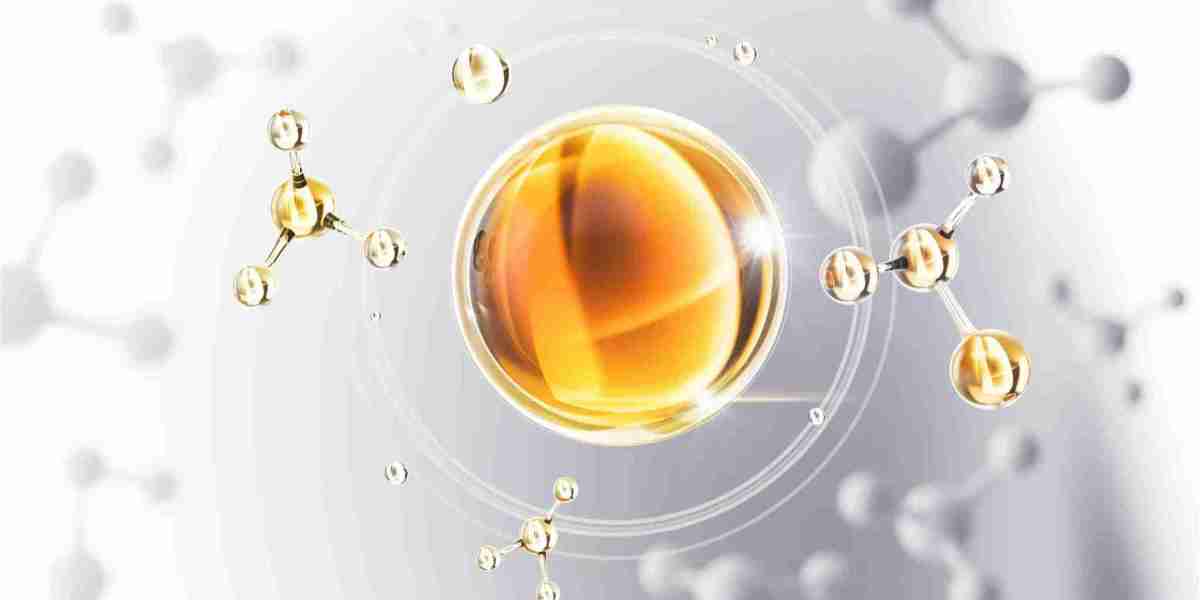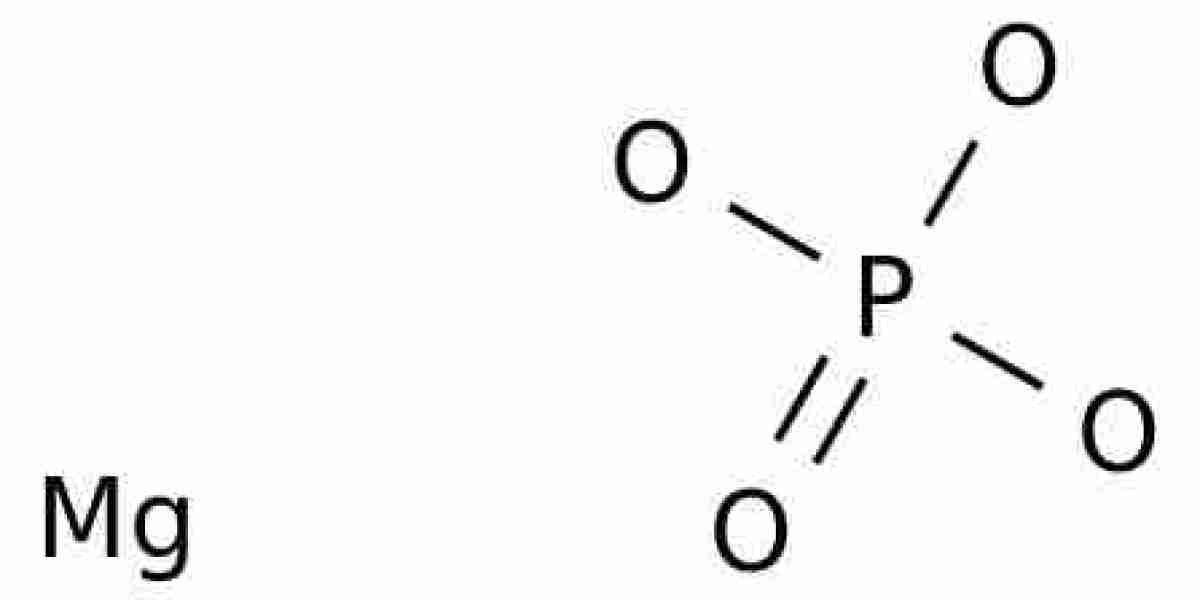Addressing plastic pollution has become a global consensus, and synthetic biology technology offers sustainable solutions for plastic production and waste management.
Recently, researchers in South Korea summarized the latest developments in microbial production and plastic degradation, as well as the potential contributions of microbial-based synthetic biology technology to achieving a plastic circular economy.
The author categorizes sustainable plastics into non-degradable plastics, degradable plastics, and microbial plastics. Non-degradable synthetic plastics include polyethylene (PE) and polyethylene terephthalate (PET), degradable plastics include polylactic acid (PLA) and polybutylene adipate terephthalate (PBAT), and microbial plastics are biodegradable plastics produced by microorganisms, with polyhydroxyalkanoates (PHAs) being a typical representative.
Precursors of Non-degradable Synthetic Plastics
Include synthetic plastics such as polyethylene (PE), polypropylene (PP), polyvinyl chloride (PVC), and polyethylene terephthalate (PET), which can now be produced using renewable biomass. Chemical and/or biological conversion methods are used to obtain these plastics from biological raw materials such as sugars, glycerol, and lignocellulosic biomass.
Ethylene for bio-based PE, PP, and PVC
Traditionally, PE, PP, and PVC are produced through free radical polymerization of ethylene, propylene, and chloroethylene, respectively. Bio-based ethylene can be derived through the dehydration of bioethanol. Bioethanol itself is produced through microbial fermentation of sugars derived from biomass. Yeast and engineered Zymomonas mobilis are commonly employed in industrial settings due to their high ethanol yields (up to 90% of theoretical maximum when using glucose as a substrate).
Recent research has focused on utilizing non-food lignocellulosic feedstocks, such as wood, agricultural residues, pulp waste, and algae-derived materials, to address concerns related to food consumption competition and land demand. Implementing various fermentation techniques like very high gravity fermentation, simultaneous saccharification and fermentation, and cell immobilization can further enhance the efficiency of ethanol production.
Ethylene glycol and TPA for bio-based PET
PET is a polyester synthesized by condensing ethylene glycol and terephthalic acid (TPA). The traditional production method involves the AMOCO process. To achieve bio-based alternatives, the bio-based precursors can be separately produced and then synthesized through chemical methods.
Some companies have commercialized the production of bio-based ethylene glycol through the chemical conversion of bioethanol. Another emerging method involves the direct fermentation of metabolic-engineered microorganisms, utilizing natural and novel pathways to produce ethylene glycol from monosaccharides.
Bio-based TPA technology is still in the developmental stage. Some companies produce TPA through the chemical conversion of bioethanol, generating alternative precursors such as isobutanol. These precursors, including muconic acid and terpenes (such as limonene and perilla acid methyl ester), have also been produced through microbial fermentation.
However, bio-based TPA production using a biological approach is also possible. The modified Pseudomonas putida strain achieved a TPA production of 38.25 g/l, with a conversion rate of 99.6%, surpassing the traditional AMOCO process (95%).
FDCA for PEF
Based on furan aromatic polymers, potential alternatives to PET have been proposed. The polymerization of bio-based ethylene glycol with bio-based 2,5-furandicarboxylic acid (FDCA) is suggested for polyethylene 2,5-furandicarboxylate (PEF) production. FDCA is prepared by dehydrating fructose to form 5-hydroxymethylfurfural (HMF), which is then oxidative acetylation to produce FDCA. The preparation of FDCA from HMF can utilize whole-cell biocatalysis methods with specific enzymes or can be achieved through the microbial conversion of HMF by engineered Pseudomonas putida.
1,3-PDO for PTT
Polytrimethylene terephthalate (PTT) is a polyester synthesized by condensing TPA and 1,3-propanediol (1,3-PDO). DuPont engineered E. coli with two heterologous pathways: glucose-to-glycerol pathway from Saccharomyces cerevisiae and glycerol-to-1,3-PDO pathway from Klebsiella pneumoniae. Through metabolic optimization, the engineered E. coli achieved a production yield of 135 g/L, the highest reported yield to date.
Bio-based nylon precursors
The precursors of nylon-6,6, namely adipic acid and hexamethylenediamine (HMD), can both be produced through engineered E. coli. Additionally, engineered E. coli utilizing a non-natural synthetic pathway derived from α-ketoglutaric acid, a precursor originating from methane-producing bacteria, can yield 6-aminocaproic acid. This acid is utilized in the production of nylon-6 (derived from ε-caprolactam). The bio-based production of other industrially significant nylons, such as nylon 6,10 and nylon 12,10, can be achieved using bio-based decanedioic acid.
Precursors of Biodegradable Plastics
1,4-BDO and succinic acid for PBAT and PBS
PBAT (polybutylene adipate terephthalate) and PBS (polybutylene succinate) are synthesized using 1,4-butanediol (1,4-BDO) as a monomer, but they require different co-monomers: PBS needs succinic acid and 1,4-BDO, while PBAT requires adipic acid, TPA, and 1,4-BDO. Some companies have developed bio-based BDO production processes using bio-based succinic acid catalytic hydrogenation technology. Industrial-scale production of bio-based succinic acid has been achieved using engineered Mannheimia succiniciproducens, which incorporates efficient apple acid dehydrogenase from Corynebacterium glutamicum. The reported succinic acid yield reached 134.25 g/L.
Lactic acid for PLA
PLA (polylactic acid) is the most widely used biodegradable polymer, and its precursor lactic acid can be produced by natural lactic acid overproducers or engineered microorganisms. Lacticaseibacillus paracasei (using glucose as a substrate, with a maximum yield of 192g/L of L-lactic acid) and Bacillus coagulans (using cellulose as a substrate, with a yield of 80g/L of L-lactic acid) are used for production. Photoautotrophic microorganisms can also be used for production, albeit with slightly lower yields.
Aromatic monomers
2-pyrone-4,6-dicarboxylic acid (PDC), structurally similar to TPA, can be produced by engineered Pseudomonas putida strains degrading protocatechuic acid (PCA). Recent advancements involve constructing a PCA synthesis pathway in engineered E. coli from the shikimate pathway, enhancing metabolic flux toward 3-dehydroshikimic acid (DHS, a precursor to PCA) to produce up to 16.72 g/L from glucose.
Mandelic acid, in its polymerized form PolyMA, exhibits material properties similar to polystyrene (PS) and similar biodegradability to PLA. Engineering E. coli by introducing heterologous hydroxymandelic acid synthase (HmaS) into the aromatic amino acid biosynthesis pathway can synthesize mandelic acid from scratch.
Other useful monomers
3-hydroxypropionic acid esters (3HP) are important chemical building blocks for acrylic acid, acrylic polymers, and polyesters. E. coli strains with the Klebsiella pneumoniae 3HP biosynthetic pathway showed the highest productivity, with a productivity of 1.89 g/L/h and a titer of 76.2 g/L.
Short-chain diamines and dicarboxylic acids (C3-C5) can be produced using excess l-lysine-producing C. glutamicum strains and are generally employed in the manufacturing of bio-based nylon.
Microbial Polymer Plastics
Microorganisms produce a variety of polymers, including polyhydroxyalkanoates (PHA), which exhibit highly desirable material properties for everyday plastic products, showcasing excellent biodegradability and biocompatibility. Currently, the successfully industrialized polymer in this category is PHA. PHA comprises a group of polyesters synthesized by over 300 different bacteria species, including Bacillus megaterium, Cupriavidus necator, and Pseudomonas putida. These microorganisms accumulate PHAs under conditions of nutrient scarcity and excess carbon sources, serving as carbon, energy, and reducible power storage materials. Over 150 different 3-, 4-, 5-, and 6-hydroxy acids have been identified as monomers for PHA.
Conclusion
Despite advancements in the production of bio-based plastics, challenges persist, including high production costs and competition for food resources. The prices of bio-based PE, PLA, and PHA are higher than petroleum-based PE and PET. Therefore, the focus of commercialization lies in optimizing microbial strains and biological processes to enhance production performance, productivity, yield, and product specificity, all while utilizing more cost-effective and sustainable raw materials.
References:
- Choi, S., et al., Sustainable production and degradation of plastics using microbes, Nat Microbiol., 2023, 8(12):2253-2276.








